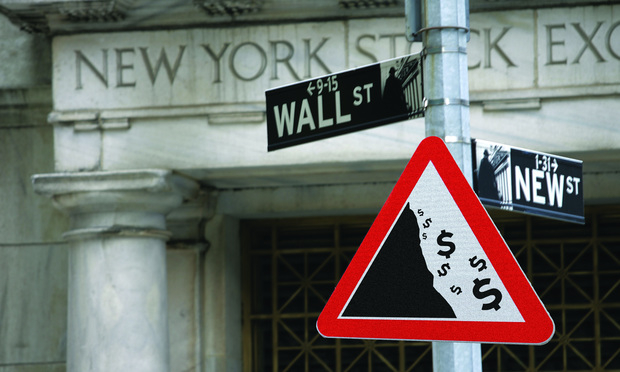“Of course you may be too much of a fool to go wrong—too dull even to know you are being assaulted by the powers of darkness. I take it no fool ever made a bargain for his soul with the devil. The fool is too much of a fool or the devil too much of a devil—I don’t know which. Or you may be such a thunderingly exalted creature as to be altogether deaf and blind to anything but heavenly sights and sounds. Then the earth for you is only a standing place—and whether to be like this is your loss or your gain I won’t pretend to say. But most of us are neither one or the other.” — Joseph Conrad, Heart of Darkness and the Congo Diary
Dark pools have been around for decades, since the 1980s. A dark pool, one of many platforms known as an alternative trading system (ATS), is an exchange in which traders purchase and sell assets secretly, not disclosing their identities or transactions to the public. Historically, institutional investors used dark pools to facilitate large, block trades. They allowed investors the freedom to trade large stock positions without exposure to an adverse price movement. Supporters claim that dark pools enable investors to trade with minimal market impact, improve liquidity and execution, and lower transaction cost. Critics say the opposite: Dark pools reduce transparency, impair price movement, decrease liquidity, and create conflicts among the brokerages and exchanges that operate them. Surprisingly, dark pools, like other ATSs, went largely unregulated until the U.S. Securities and Exchange Commission (SEC) adopted Regulation ATS in 1998. Today, these obscure platforms have taken center stage.



